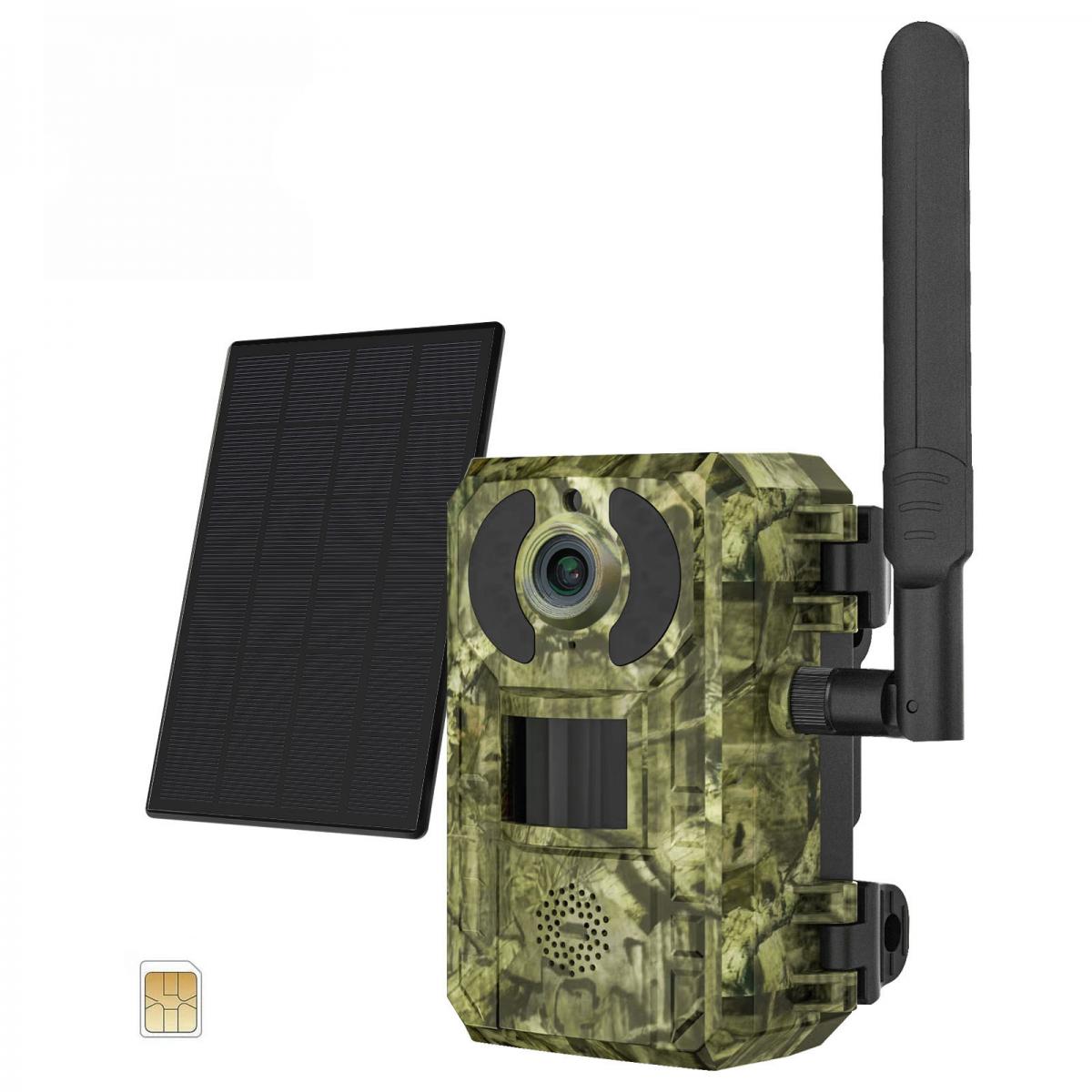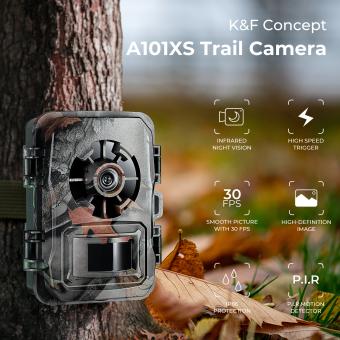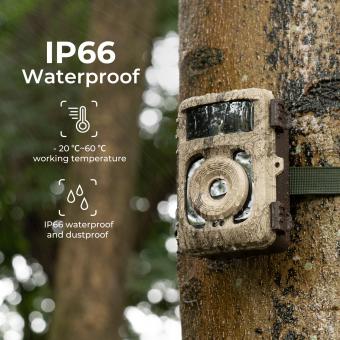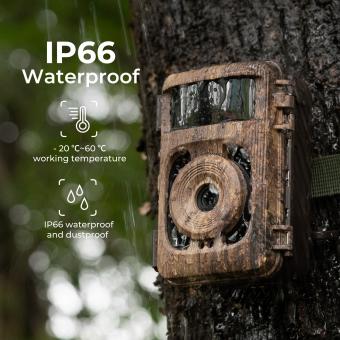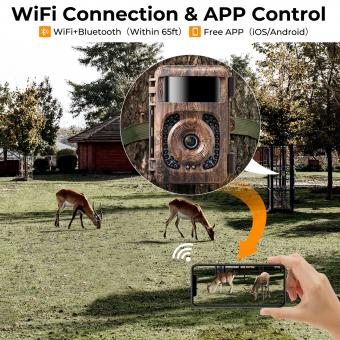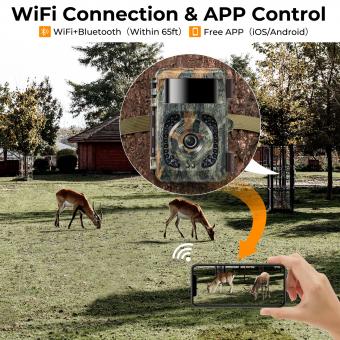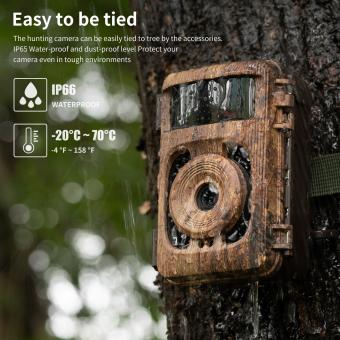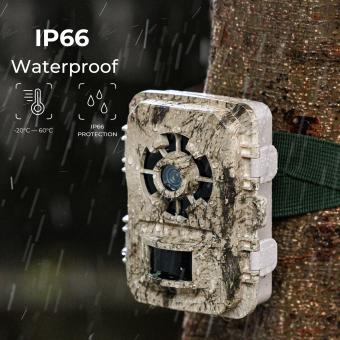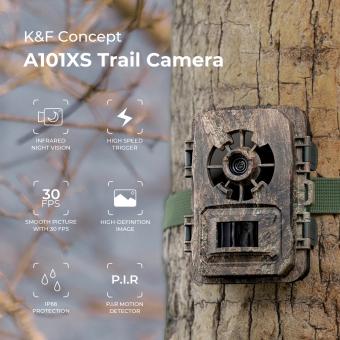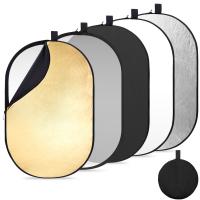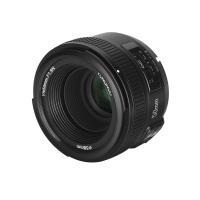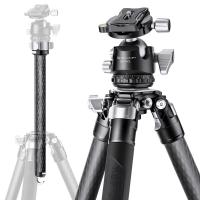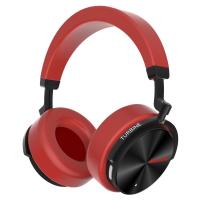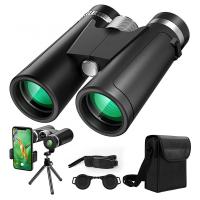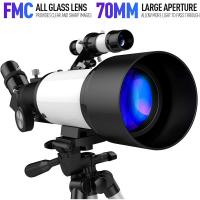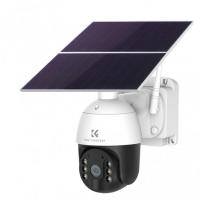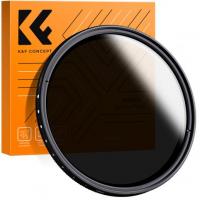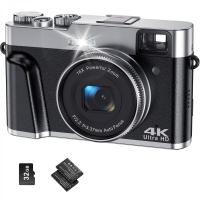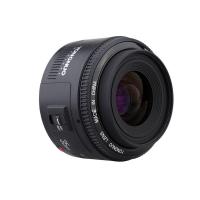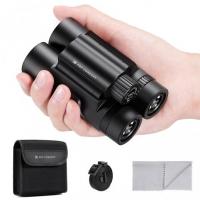What is the best cellular trail camera?
2024-05-17 06:01:26
A vigilant red-tailed bird is swiveling its head, a family of deer is delicately sipping from a stream behind your secluded cabin, and you know everything about it even if you are at your cabin. The pleasure of all this starts from a single whim that you were interested in tracking the playful antics of squirrels, so you set up a cellular trail camera in your backyard. The top-notch ones offer you a watchful pair of eyes in the wilderness, always poised to capture moments and transmit them directly to your phone at the faintest rustle of movement. If you're captivated by the natural world around you too, there's no tool more adept than a cellular trail camera. Let’s learn more about it!
How to choose the best cellular trail camera?
Factors to consider:
Camera image quality and night vision;
Cellular network connectivity;
Battery life and power options;
Detection range and trigger speed;
Durability and weather resistance;
Excellent after-sales service;
Best cellular trail camera recommendations:
Everyone's definition of best is different, but one thing is certain: everyone wants to buy cost-effective products. The trail cameras from the K&F Concept provide the best products at an economical price according to the factors.
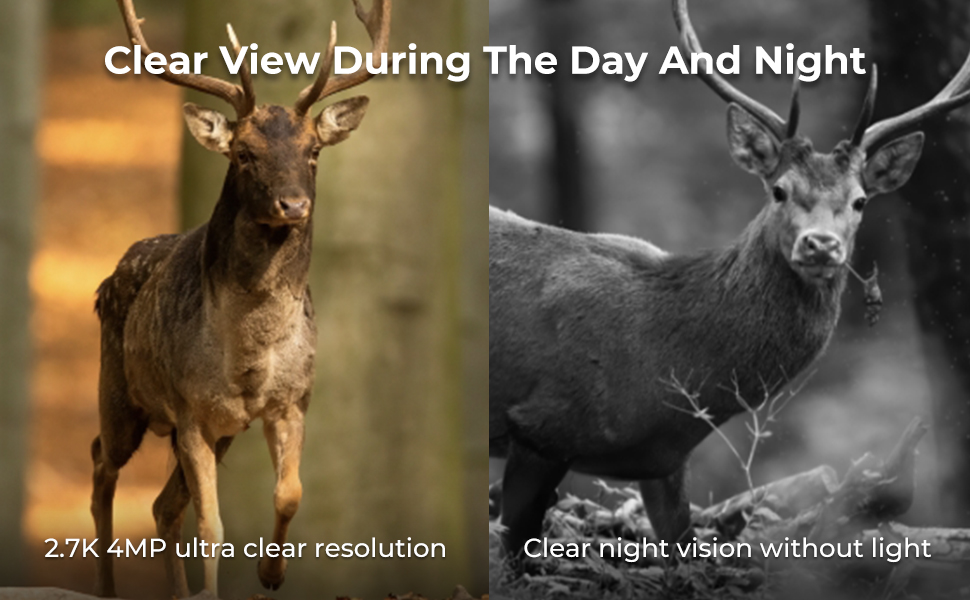
Image quality: a high-resolution image contains more pixels, resulting in sharper and more detailed visuals. However, it's crucial to note that the highest pixel count doesn't necessarily guarantee the best camera performance. Additionally, the ability to capture clear images at night is another critical factor to consider, given that subjects often appear under cover of darkness. This product will watch and track animals in crisp 2K videos, even at night. The camera can capture animals clearly in the dark without startling or scaring them because its non-emitting infrared LEDs illuminate the surrounding environment without revealing its presence.
.jpg)
4G cellular network: The camera uses a 4G/LTE cellular network, so you can remotely control your camera anywhere, anytime, the camera product comes with a 4G international traffic card, get the camera and insert it to use.
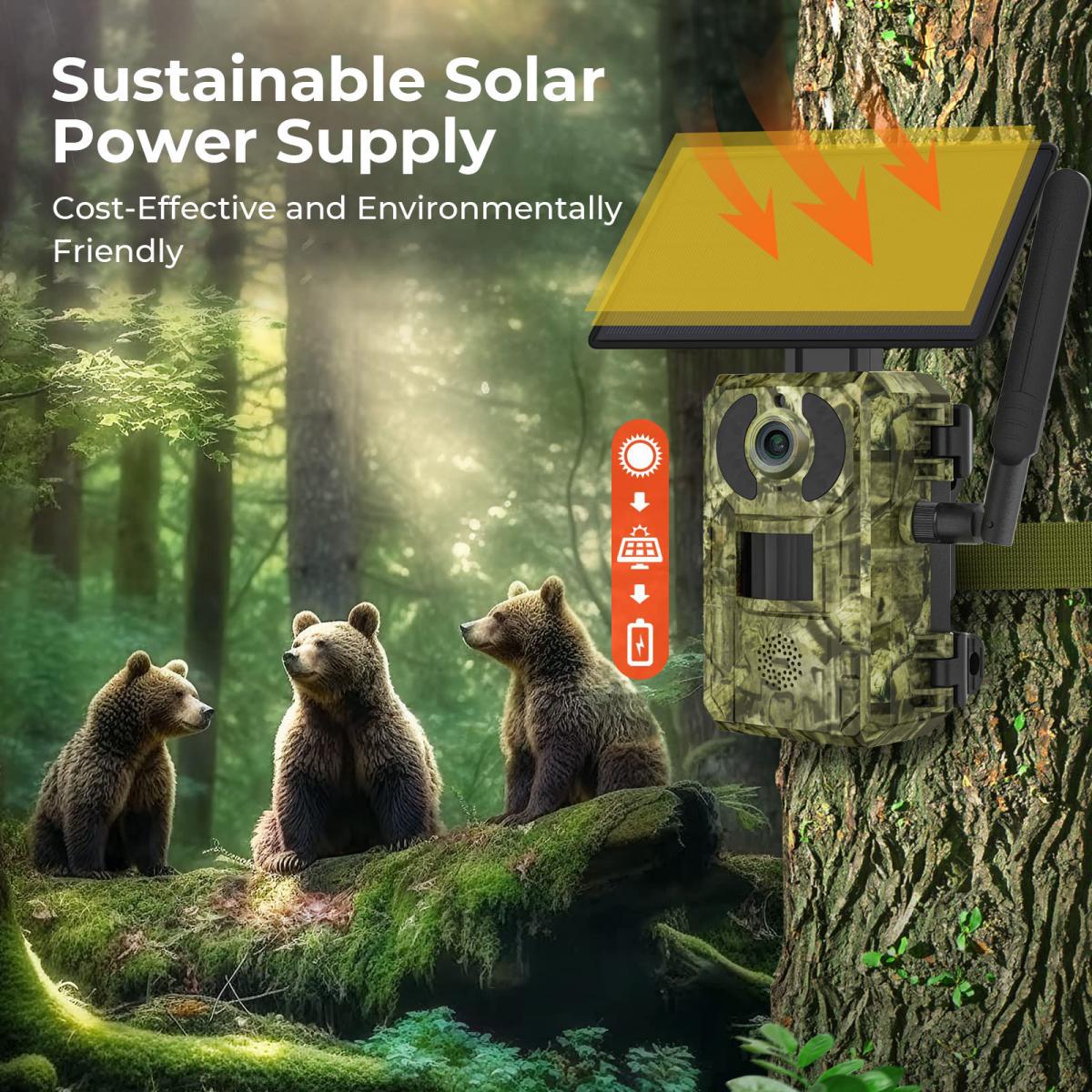
Power options: you don’t need to repurchase batteries, it is a combination of the 3-cell lithium battery pack inside the camera and the included 4W solar panel, which sets a new standard for battery life and saves customers millions of dollars a week over the product's life.
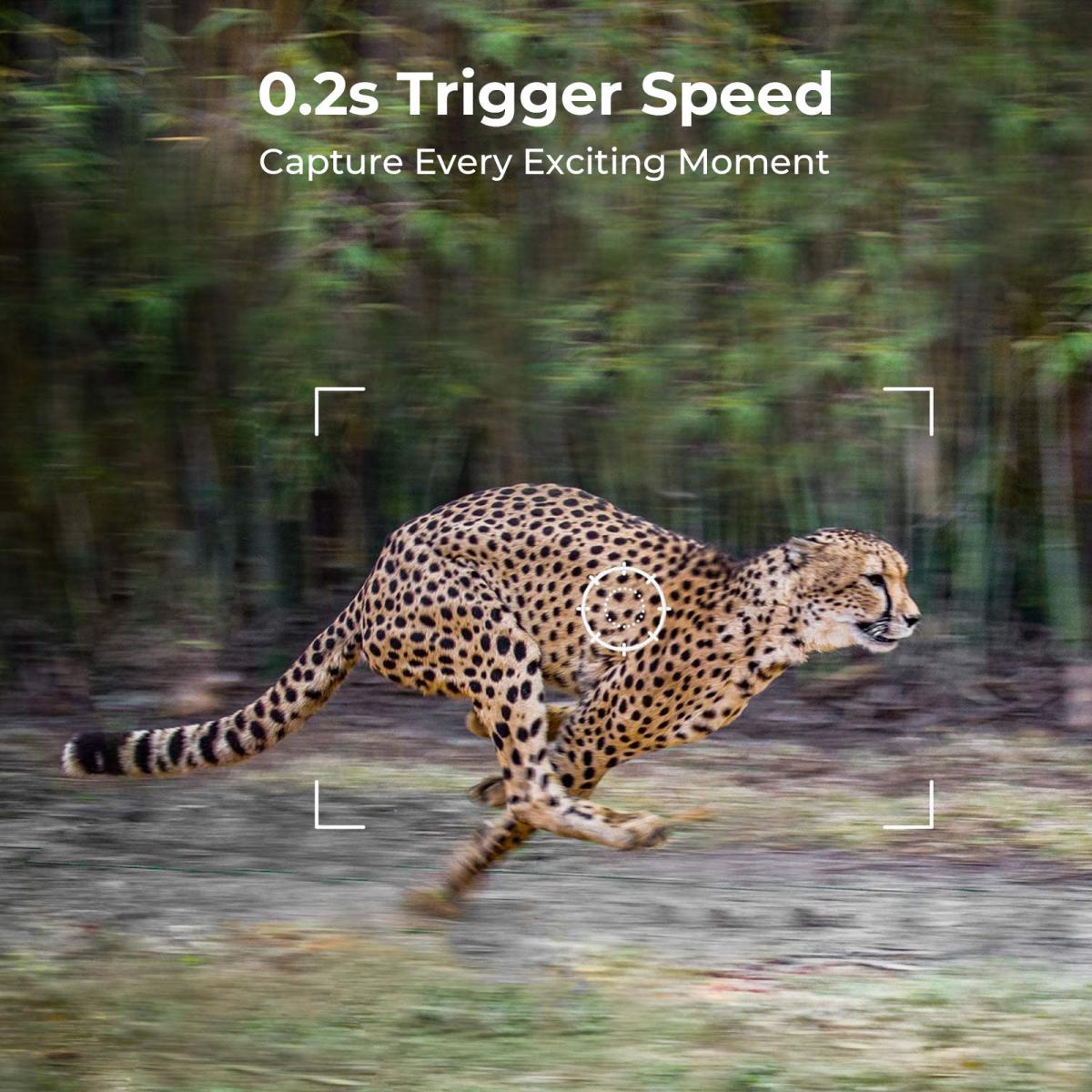
Range and speed: the trail camera captures every exciting moment with a detection range of up to 90 degrees and a range of 50 feet/15 meters. Cameras have super-fast reflective triggers; If movement is detected within 0.2s, it will trigger and you will receive the photo in real-time. With the speed at which wildlife moves, every moment counts.
IP66 waterproof rating: the trail camera features a waterproof rubber ring and weatherproof plastic housing, with an IP66 waterproof camera body design. Even in the rainy season, it can record video.
Service guarantee: If you are unhappy with your purchase, as long as you contact us within 30 days from the receipt of the item, they will process your return/exchange request instantly.
What's the difference between wireless and cellular trail cameras?
Wireless Trail Cameras | Cellular Trail Cameras | |
| Network | Local Wi-Fi networks or utilize dedicated wireless transmitters to transmit images to a nearby receiver or monitor | Leverage cellular networks such as 4G LTE to transmit images and data directly to your smartphone or computer |
| Data transfer | They require proximity to the receiver for data transfer, making them suitable for locations within the range of the wireless signal | Operate independently of local infrastructure |
| Advantages | Without the need for physical retrieval of data storage devices | Real-time notifications and remote access |
| Scope of application | For areas where Wi-Fi coverage is available | For areas where Wi-Fi coverage is available |
Is a cellular trail camera worth it?
In remote or inaccessible areas, cellular trail cameras prove invaluable for surveillance. Wildlife tends to steer clear of human odors, making remote monitoring essential. With cellular cameras, you can observe locations for extended periods without physical presence, easing your workload while ensuring minimal disruption to local wildlife. Whether you're a hunter, conservationist, or simply seeking constant woodland surveillance, they offer immense benefits. Moreover, their cellular connectivity enables usage in any area with cellular service coverage.
Conclusion:
In conclusion, when searching for the best cellular trail camera, it's essential to consider factors such as image quality, night vision capability, and cellular connectivity. By prioritizing these features, you can ensure that your chosen camera meets your surveillance needs effectively, whether you're monitoring wildlife or enhancing security in remote locations, Or, follow our website which provides all kinds of trail cameras for any needs!

